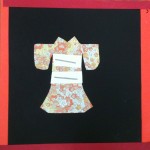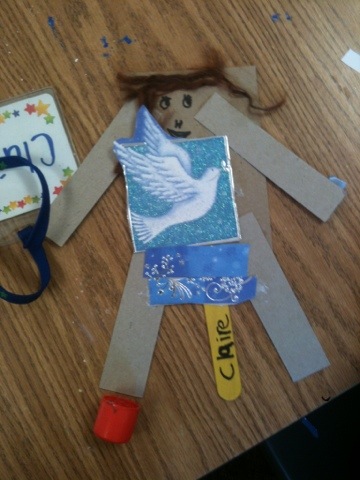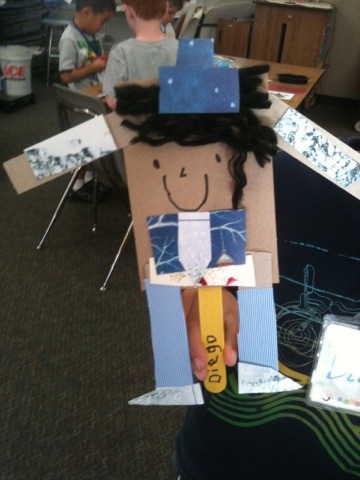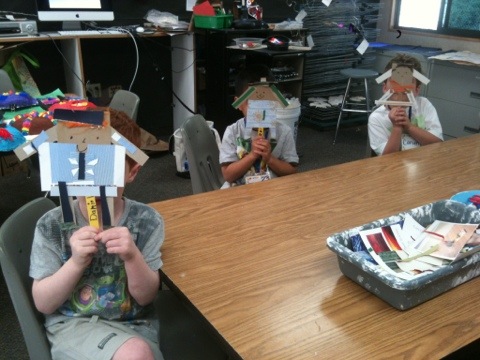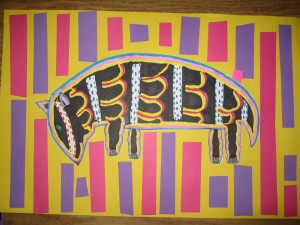Japanese yukata. This cotton garment is worn in summer or during a visit to a traditional Japanese bath. Source: Akiodesigns.com
Formal furisode kimono. Source: http://web-japan.org
Third grade is doing a Japanese unit. In music class, they are working hard on their school play, a Japanese-themed ‘Emperor’s New Clothes’ (featuring real Taiko drums). I found this great kimono collage lesson plan developed by Renee Collins at My Adventures in Positive Space. The project was extremely successful – 100% of students made beautiful collages.
My contribution to this fabulous project is a Japanese kimono powerpoint. We also looked at formal kimono on this website and Japanese clothing on this website.
Materials:
- Patterned origami paper (like this variety pack)
- Kimono templates (courtesy of Blue Moon Palette blog)
- Pencils/erasers
- Scissors
- Glue sticks
- Black construction paper for mounting, cut 6″x6″
- Colored paper scraps
Here are the completed 3rd grade projects:

